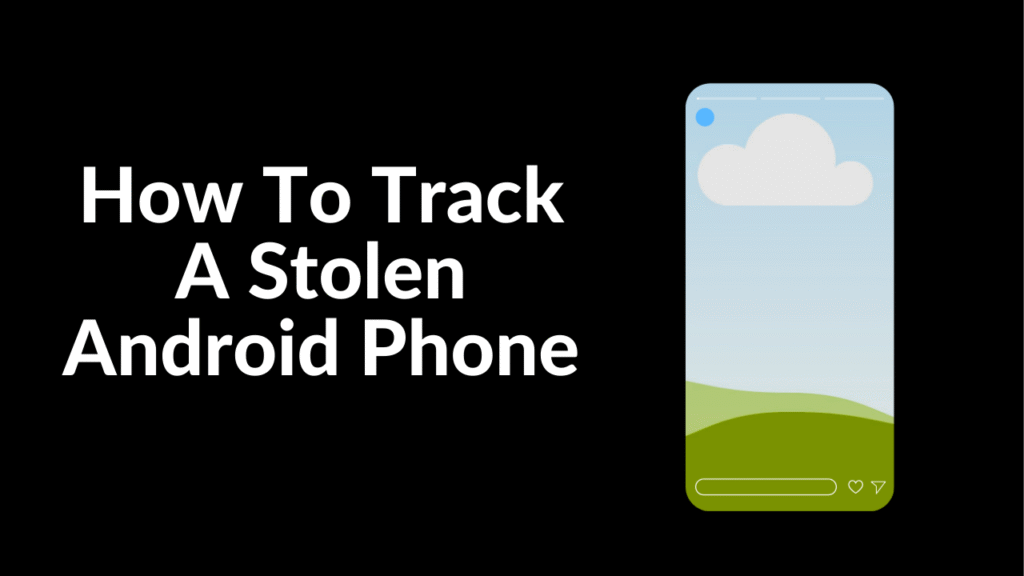How to Track a Stolen Android Phone: A Complete Guide
Losing your smartphone is a distressing experience. Our phones hold personal memories, sensitive information, and essential contacts. If your Android phone is stolen, acting quickly can make a big difference in recovering it. Thankfully, Android offers built-in tools and strategies to help you locate your lost device. In this guide, we’ll walk you through how to track a stolen Android phone effectively.

1. Use Google’s Find My Device
The easiest and most reliable way to track a stolen Android phone is by using Google’s Find My Device service. If your phone is on, connected to the internet, and has location services enabled, you can pinpoint its location almost immediately.
Here’s how you can use Find My Device:
-
Visit Find My Device from a web browser or install the Find My Device app on another Android device.
-
Sign in using the Google account linked to your stolen phone.
-
Once logged in, Google will attempt to locate your device on a map.
Find My Device also provides three critical options:
-
Play Sound: This makes your phone ring at full volume, even if it’s set to silent.
-
Secure Device: Lock your phone remotely and display a custom message or contact number on the lock screen.
-
Erase Device: If you fear that your data may be compromised, you can erase all content remotely. Be cautious, though — after erasing, you won’t be able to track the phone anymore.
2. Check Google Maps Timeline
If Find My Device can’t locate your phone because it’s turned off or offline, Google Maps Timeline can offer clues about its last known location.
To access your Timeline:
-
Visit Google Maps Timeline.
-
Select the date your phone went missing.
-
Google will display your device’s location history, allowing you to trace its movements.
While this method won’t update real-time location, it can help you identify where your phone was before it went offline.
3. Contact Your Mobile Carrier
If you can’t recover your phone using Google’s tools, the next step is to contact your mobile service provider. They can:
-
Suspend or block your SIM card to prevent unauthorized calls, texts, or data usage.
-
Sometimes, assist law enforcement with tracking the phone using its IMEI (International Mobile Equipment Identity) number.
Many providers also offer their own tracking services or apps, so it’s worth asking if they can help locate the device.
4. Report the Theft to the Police
In cases of theft, it’s essential to involve law enforcement. File a police report, providing them with your device’s IMEI number, model, and any available tracking information. The IMEI number is crucial because it can be used to blacklist the phone, making it unusable on most networks.
You can find your IMEI number in several ways:
-
If you saved your phone’s box, it’s usually printed on the label.
-
You may also find it on your Google account under Find My Device.
-
If available, it could be on past bills or receipts.
Having a formal report can also help with insurance claims if your phone is covered.
5. Prevent Future Loss
Once you’ve dealt with the situation, it’s wise to prepare for the future:
-
Always keep Find My Device enabled.
-
Regularly back up your important data to the cloud.
-
Use strong screen locks, fingerprint authentication, and enable remote wipe features.
-
Note down your device’s IMEI number and keep it somewhere safe.
Conclusion
Losing your Android phone can be overwhelming, but modern tools give you a fighting chance to recover it. Google’s Find My Device and Google Maps Timeline are powerful resources, and with quick action, you can protect your data and even retrieve your stolen device. Stay prepared and always prioritize your safety — no phone is worth risking personal harm.